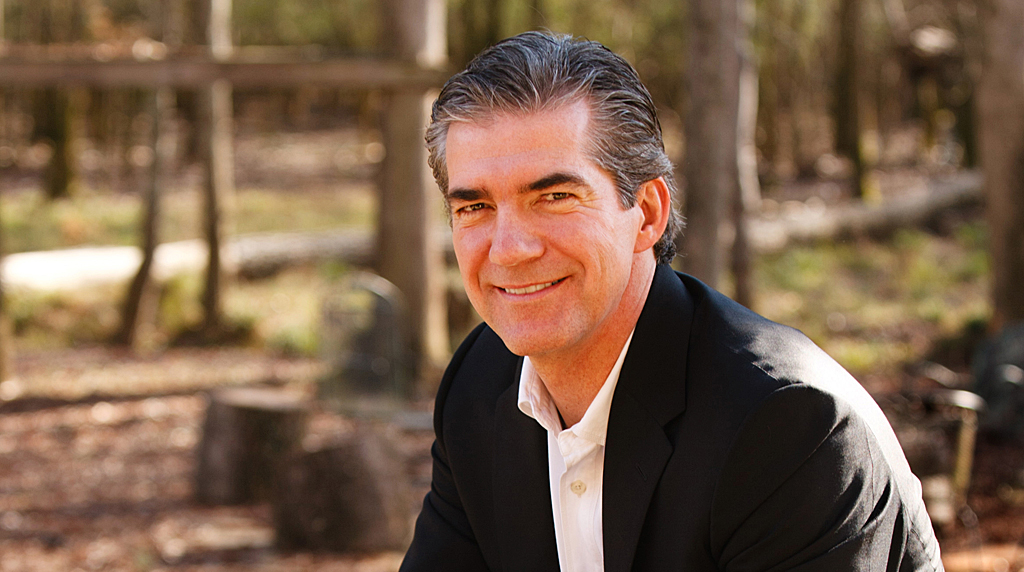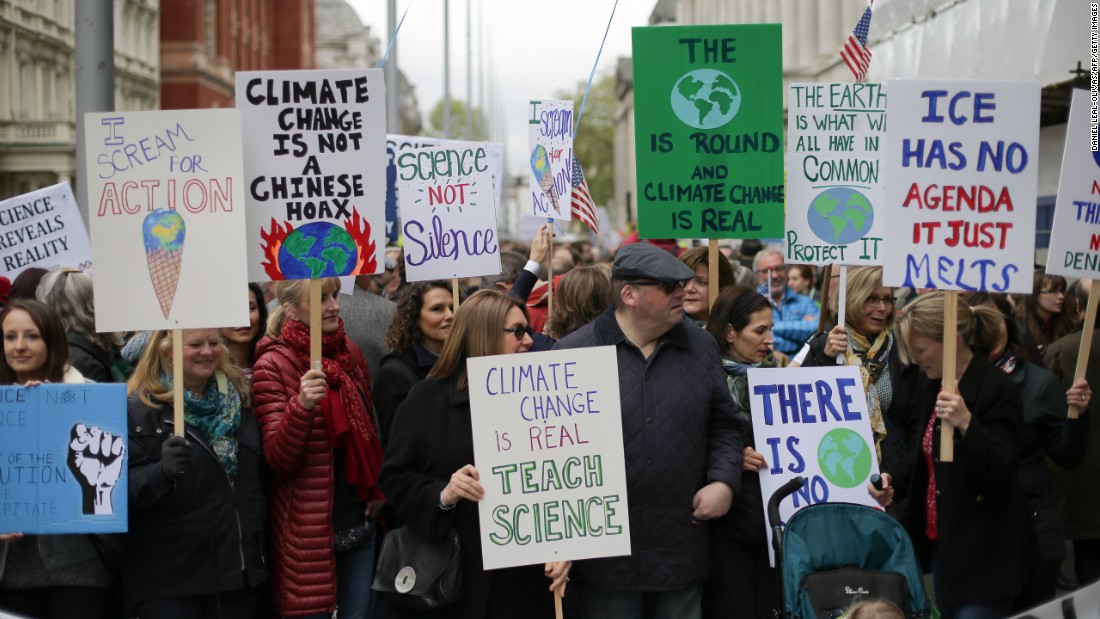I have become anti-Black Friday. In the past, I got caught up in the novelty of the deals. I worked in retail and deals plus employee discounts meant crazy town on my wallet and the environment. I would go out at midnight on Black Friday and I would wait in the lines and throw my hard-earned money at items I didn't need but wanted JUST because it was on sale. Bath and Body Works, I'm looking at you. Just recently in 2016, I went to my Bath and Body Works and dropped $300 on body sprays, lotion, shower gels, you name it, it was in my bag. I then made my way to Victoria Secret where I spent another $200 and lastly Aeropostale where I spent at least $100. Ridiculous, I know!
My favorite thing to do after spending all my money was come home and watch Youtube videos of other people that did the same thing as me! They'd go out to their malls and needlessly shop. Black Friday is over-consumption at its finest. The worst part is, these people don't know the impact they are making. I sure didn't have a clue, and if you do know the impact and still choose to participate I urge you to stop. The. Deals. Are. Not. Worth. It. They are not worth the footprint you are leaving behind. Not to mention, not only the amount of waste being made but also the amount of water being wasted, and carbon emissions being emitted by travel to the mall and other stores. This needs to stop!
So I bet now you are wondering how I made the change. First, I educated myself. Did you know that on Black Friday millions of shoppers throw their smartphones and TVs away just so they can buy a new one? This contributes to the 50 million tons of electronic waste we produce in a year. Items that are delivered to your door for Black Friday and Cyber Monday deals are putting unnecessary diesel trucks
out to deliver your "deals" while polluting the air. Buying fast fashion will always end up in the landfill as they are not made by quality but quantity. The amount of waste, shopping bags, tissue paper, price tags, etc. is polluting our environment and landfills.
After educating myself, I applied the things I learned to the everyday world, not just Black Friday. I used to go to TJ Maxx and Marshalls and grab whatever I felt I "needed," one of those things was always makeup. My makeup collection was piling up and guess what? I slowly stopped wearing it and it all just piled into my collection. I no longer buy or even wear makeup unless it is a special occasion and even then it is cruelty-free, vegan, and as waste-free as possible. I still have urges to buy makeup every once in a while but then I remember that I don't need it and will not wear it.
I used to be a frequent shopper at Bath and Body Works and then I started working there and addiction became real. I was constantly buying new products left and right. I just did a deep clean and found an entire bathroom drawer full of BBW products. Never touched, never opened, just sitting in my drawer waiting to be used. Unfortunately, a majority of it was so old it wasn't even good to give away, but what was still good I donated to some middle school girls. So that is where my BBW addiction ended, because not only did I waste all that product and plastic but that was at least $500 of my hard-earned money just thrown into the trash...literally.
I also have cut back on my clothing, when I moved to Florida I donated almost all of it to thrift stores and I have donated more since. I have enough t-shirts to get me through two weeks and enough pants to do the same, as long as I re-wear ones that don't get dirty or sweaty. I also know that re-wearing is looked down upon but clothes are not made to be washed after every use unless they are dirty, stained, or smelly. My shoe collection has also dwindled down to only a few pairs of shoes. I was never one to buy shoes in excess but I definitely had more than the average person needs.
A lot of my consumerism was due to working in the mall and having easy access to everything. If I was sad, I would shop. If I met a personal goal, I would shop. If I saw something I "needed" I would shop. But all of that has died down. I used to walk into a Walmart and couldn't leave without buying something stupid, but now I can rationalize in my head whether I need it or want it. I wouldn't quite say I am a minimalist, but compared to my old habits I have definitely cut my carbon footprint in half. It takes some willpower to not buy that thing that looks really cute or that you think you'll use but it is worth it at the end if our environment isn't suffering even a quarter as bad as it currently is.
Here are my biggest tips:
1. Need vs. want
2. Letting go of desires that do not benefit you, and being mindful of your decisions
3. Sell or donate things you do not need
4. Do not pay attention to deals and advertisements, they are trying to coax you into unnecessary consumption
5. Educate yourself and others on the effects of consumerism

















 Salt and pepper shakers! These simple cute shakers will be a staple in your house AND it's super quick and easy! Find out how to make them
Salt and pepper shakers! These simple cute shakers will be a staple in your house AND it's super quick and easy! Find out how to make them  Toothbrush holder! This DIY only needs 2 items, a mason jar, and chicken wire! Find out how to make this DIY
Toothbrush holder! This DIY only needs 2 items, a mason jar, and chicken wire! Find out how to make this DIY  Soap dispenser! If you use liquid soap in place of bar soap this is a simple way to spice up your bathroom counter and its plastic-free. Find out how to make this DIY
Soap dispenser! If you use liquid soap in place of bar soap this is a simple way to spice up your bathroom counter and its plastic-free. Find out how to make this DIY 









